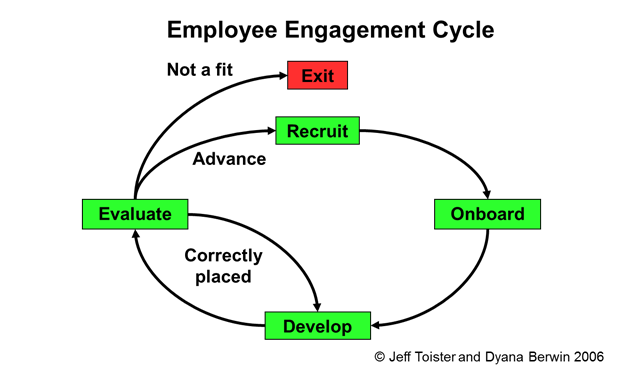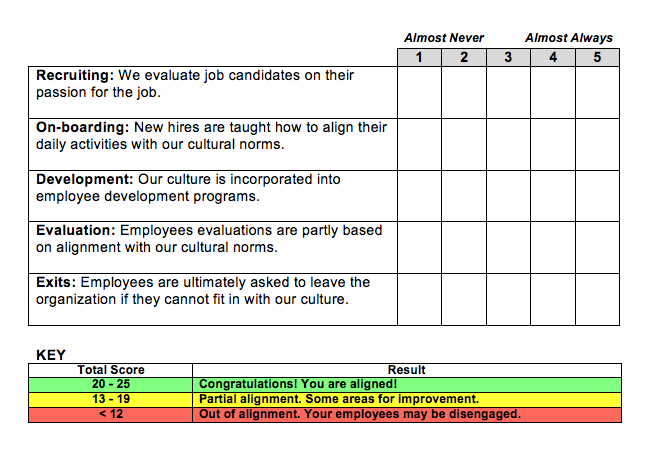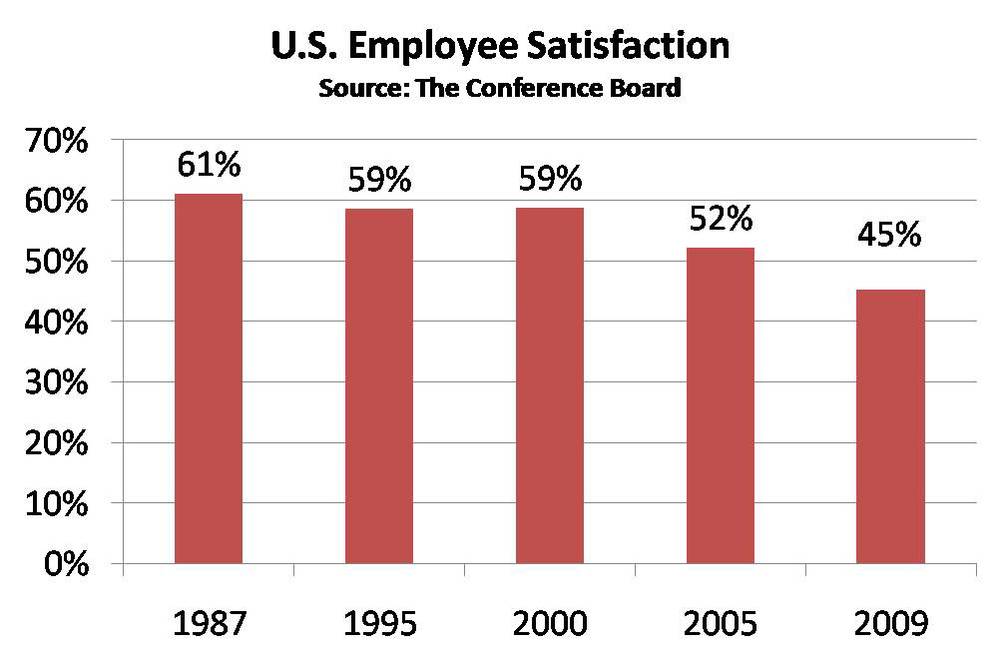Happy agents lead to happy customers.
This pithy saying is a widely held belief among contact center leaders. The logic flows that if you engage your contact center agents, they’ll deliver outstanding service.
A new report from ICMI reveals a severe disconnect between this belief and what contact center leaders are actually doing.
The data suggests that most contact center leaders don’t get engagement.
This post examines the disconnect, uncovers some root causes, and makes a few suggestions for correcting the problem.
The Big Disconnect
It’s hard to find any disagreement that it’s important for contact center agents to be engaged. Here are two findings from ICMI’s study:
- 99% of respondents believe that agent engagement drives performance
- 88.8% believe that agent engagement is a priority in their organization
Now, here’s where the disconnect begins. Only 7 percent of contact center leaders said that agent engagement was a top priority.
The disconnect is further revealed by what contact centers measure. Here are the top five agent metrics in contact centers today:
- Quality - 74%
- Average Handle Time - 73%
- Customer Satisfaction - 58%
- Adherence to Schedule - 58%
- First Contact Resolution - 43%
These metrics suggest that compliance and efficiency are the true priorities in today’s contact centers.
Justin Robbins, ICMI’s Senior Analyst, shared with me that only 19 percent of contact centers measure agent engagement.
Root Causes
A lack of clarity makes engagement hard to manage.
Many reports, like ICMI’s, omit a definition. The assumption is the term is clear so it doesn’t need to be defined.
Unfortunately, there’s a lack of consensus. There’s even disagreement among the top employee engagement consulting firms, like Gallup and BlessingWhite.
Here’s the definition I prefer:
Employee engagement is the extent to which an employee is deliberately contributing to organizational success.
This definition helps identify some additional root causes.
Engaged agents want to serve their customers at the highest level. Unfortunately, many contact centers make this difficult.
- Agents aren’t empowered to deliver outstanding service
- Agents don’t receive the right kind of feedback
- Agents aren’t given the tools and systems they need.
The ICMI report also looked at what would motivate contact centers to invest in giving agents better tools to serve their customers. Unsurprisingly, the top choice was cost.
Engagement Solutions
These issues always come down to dollars and cents.
That’s why employee engagement initiatives fail. They’re reduced to surveys on touchy-feely subjects like morale.
You’ll need to make a stronger business case if you really want to engage your agents.
Start by going back to the definition of employee engagement. There’s no soft stuff here. This is all about results:
Employee engagement is the extent to which an employee is deliberately contributing to organizational success.
Next, get out your calculator and add up the cost of making it hard for agents to do a great job. Here are just a few options to consider:
- What’s the real cost of agent turnover?
- How much could we save by improving first contact resolution?
- Could we reduce customer churn through better service? If so, how much?
There’s real savings here.
Even a 10 percent reduction in turnover, repeat contacts, or customer churn could add up quickly. Measure those items and you’ll be much more likely to find the budget you need to improve agent engagement.











